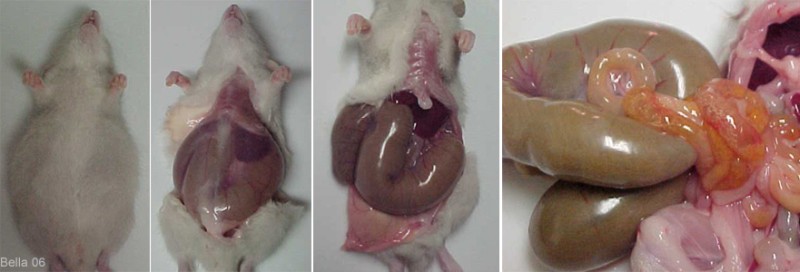Figure 3c: Necropsy of a 5-week-old rat with early onset megacolon
History
This female and two of her male siblings showed typical signs of early onset (classic) megacolon. At the age of three weeks they were slightly smaller than their siblings with slightly bloated stomachs. By weaning they showed severe abdominal bloating and constipation, as well as occasional diarrhea.
Discussion
Once the litter began to show markings it was obvious that the babies were at high risk for aganglionic genetic megacolon. Many of the babies had blazing of various degrees and patterns.
The pedigree of the mother had no history of blazing or high white so it was determined that the father was blazed (blazing hidden due to his light color). This meant that the gene involved was dominant blazing which puts rats at risk for this disease. (Recessive blazing is not associated with megacolon.) As the babies were in the stage of being weaned, the ten-month-old father of the litter also began to bloat. The three affected babies and their father all died the same week: the babies with classic megacolon and the father with late onset megacolon. The remaining offspring from this litter was pet placed and to date have not shown any signs of late onset megacolon.
The Necropsy of Early Onset
The necropsy of the early onset baby shows us that there are typically multiple blockages that would make treatment a nonviable option. Even with a special diet, enemas, stool softeners, and medication, the chance for survival is so slim that euthanasia would be more sensible than putting the babies through the stress and pain of treatment.
The Necropsy

Above from left to right. Here we see the five-week-old female pre-necropsy showing extreme bloating, the abdomen exposed, and then the colon and ceacum spilling out of the abdomen once it has been opened. The final photo shows a closer view of the colon, ceacum, and the small intestines. |

Above from left to right. In the first photo we have a close up of the small intestines showing the air and gas bubbles formed from the static bacteria.
The second photo is of the ceacum and shows the soft fecal matter above the blockages. The static fecal matter and bacteria in both the colon and the small intestines can lead to a breech of the intestinal walls and let bacteria into the rat’s system. Most rats with megacolon that are not euthanised eventually die from septic shock. |
Note: Sometimes when faced with early onset the owners will try to dislodge the blockage to save their baby rat. Often they do succeed with removing fecal matter and then are mystified that the rat still does not defecate and continues to bloat. This necropsy may assist in showing the internal dynamics of this disease at early onset, and why the babies die even with treatment.


